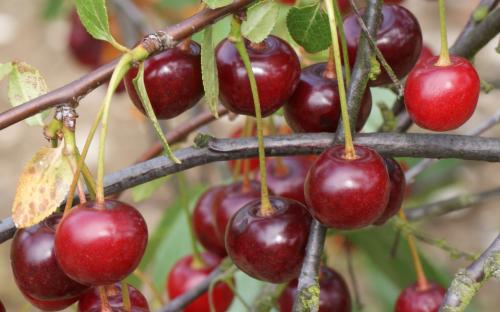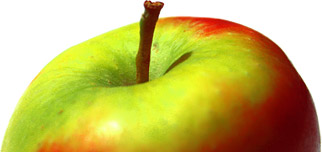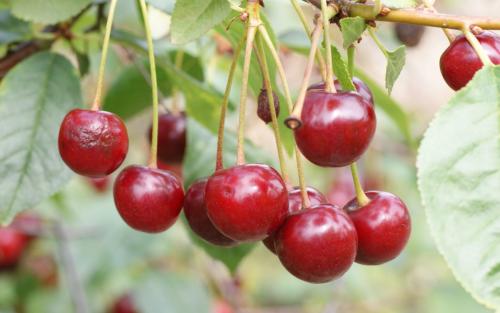
A morello-type tart cherry developed specifically for growing in the colder zones of North America.
North Star cherry identification images
All images copyright Orange Pippin unless otherwise stated.
USDA identification images for North Star
The identification paintings in the USDA Pomological Watercolor Collection span the years 1886 to 1942.
Citation: U.S. Department of Agriculture Pomological Watercolor Collection. Rare and Special Collections, National Agricultural Library, Beltsville, MD 20705.
Visitor reviews
- 30 Dec 2014 COLORADO, United StatesThis tree does indeed survive the cold winter temperatures of Colorado's Front Range (Denver area), and blooms late to avoid spring frosts. I've had 2 of these trees; one was not long-lived. The flavor is not the best of the tart cherries. I always blended them with better tasting tart cherries. I will say the local robins and squirrels LOVE these cherries. Grow these if other cherries won't survive in your area, or if you need a robin deterrent for your other cherry trees.
Tree register
United States
- Andrew in Broomfield, CO
- Dianne Giles in Henderson, IOWA
- Jason Long in Papillion, NE
- KC in Littleton, COLORADO
- Mike in Pennsylvania (south-central)
- Wynne Mason in River Falls, WI
Spring blossom records for this variety
2019 season
- 20th May 2019 - tree owned by Wynne in River Falls, United States
2014 season
- 2nd May 2014 - tree owned by Mike in , United States
2013 season
- 11th April 2013 - tree owned by Mike in , United States
Record your blossom dates in our Fruit Tree Register - more >>.
Origins
- Species: Prunus cerasus - Sour cherry
- Parentage: Related to the English Morello cherry
- Originates from: United States
- Introduced: 1950s
- Developed by: University of Minnesota
Identification
- Country of origin: United States
- Period of origin: 1950 - 1999
- Fruit colour: Red
- Flower colour: White
- Leaf colour: Green
- Annual cycle: Deciduous
Using
- Picking season: Early
- Keeping (of fruit): 1-3 days
- Flavour quality: Good
- Flavour style (apples): Sharper
- Cropping: Good
- Fruit persistence: Normal ripening
- Food uses: Culinary
- Wildlife: RHS Plants for Pollinators
Growing
- Gardening skill: Average
- Flowering group: 3
- Pollinating others: Average
- Ploidy: Diploid
- Vigour: Weak growing
- Bearing regularity: Regular
Climate
- Climate suitability: Temperate climates
- Summer average maximum temperatures: Cool ( 20-24C / 68-75F)
- Summer average maximum temperatures: Warm (25-30C / 76-85F)
Other qualities
- Disease resistance: Good
- Canker: Some resistance
- do not use: Some resistance
Where to buy fresh fruit
No orchards have registered as growing this variety. If you grow this and want to register please go to our Orchard Registration form.


